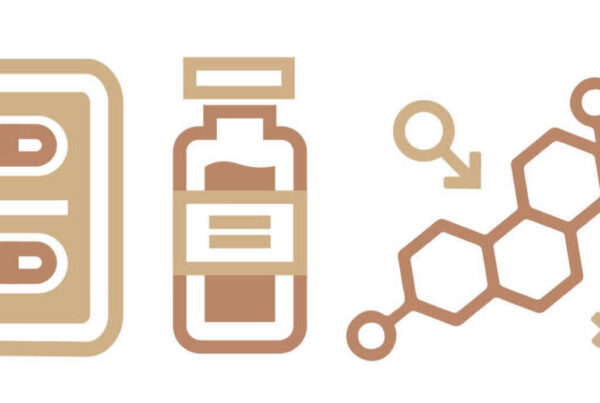Your bones are in a constant state of renewal — new bone is made and old bone is broken down. When you’re young, your body makes new bone faster than it breaks down old bone and your bone mass increases. Most people reach their peak bone mass by their early 20s. As people age, bone mass is lost faster than it’s created.
How likely you are to develop osteoporosis depends partly on how much bone mass you attained in your youth. The higher your peak bone mass, the more bone you have “in the bank” and the less likely you are to develop osteoporosis as you age.
Risk Factors
A number of factors can increase the likelihood that you’ll develop osteoporosis — including your age, race, lifestyle choices, and medical conditions and treatments.
Unchangeable risks
Some risk factors for osteoporosis are out of your control, including:
Your sex. Women are much more likely to develop osteoporosis than are men.
Age. The older you get, the greater your risk of osteoporosis.
Race. You’re at greatest risk of osteoporosis if you’re white or of Asian descent.
Family history. Having a parent or sibling with osteoporosis puts you at greater risk, especially if you also have a family history of hip fractures.
Frame size. Men and women who have small body frames tend to have a higher risk because they may have less bone mass to draw from as they age.
Hormone Levels
Osteoporosis is more common in people who have too much or too little of certain hormones in their bodies. Examples include:
Sex hormones. The reduction of estrogen levels at menopause is one of the strongest risk factors for developing osteoporosis. Women may also experience a drop in estrogen during certain cancer treatments. Men experience a gradual reduction in testosterone levels as they age. And some treatments for prostate cancer reduce testosterone levels in men. Lowered sex hormone levels tend to weaken bone.
Thyroid problems. Too much thyroid hormone can cause bone loss. This can occur if your thyroid is overactive or if you take too much thyroid hormone medication to treat an underactive thyroid.
Other glands. Osteoporosis has also been associated with overactive parathyroid and adrenal glands
Lifestyle Choices
Some bad habits can increase your risk of osteoporosis. Examples include:
Sedentary lifestyle. People who spend a lot of time sitting have a higher risk of osteoporosis than do their more-active counterparts. Any weight-bearing exercise is beneficial for your bones, but walking, running, jumping, dancing and weightlifting seem particularly helpful for creating healthy bones.
Excessive alcohol consumption. Regular consumption of more than two alcoholic drinks a day increases your risk of osteoporosis, possibly because alcohol can interfere with the body’s ability to absorb calcium.
Tobacco use. The exact role tobacco plays in osteoporosis isn’t clearly understood, but researchers do know that tobacco use contributes to weak bones.
Complications
Bone fractures, particularly in the spine or hip, are the most serious complication of osteoporosis. Hip fractures often result from a fall and can result in disability and even death from postoperative complications, especially in older adults.
In some cases, spinal fractures can occur even if you haven’t fallen. The bones that make up your spine (vertebrae) can weaken to the point that they may crumple, which can result in back pain, lost height and a hunched forward posture.





